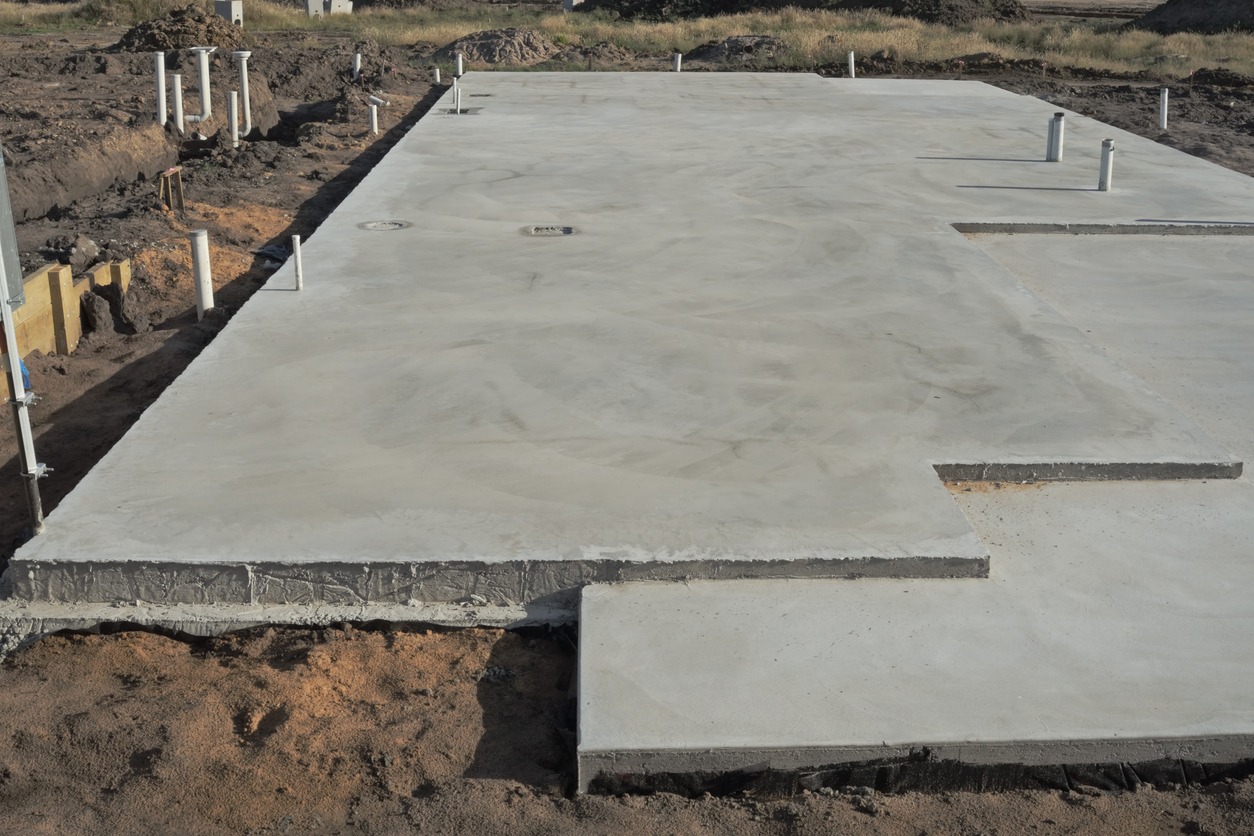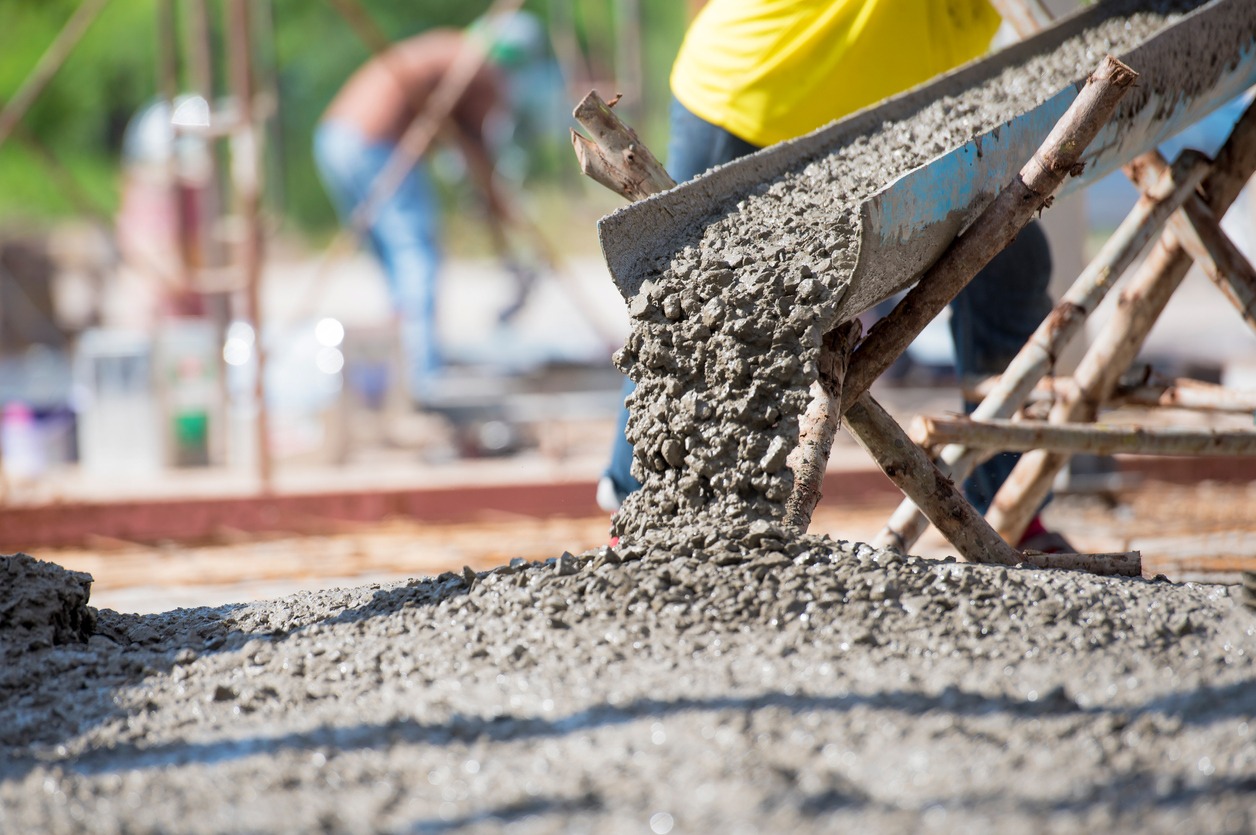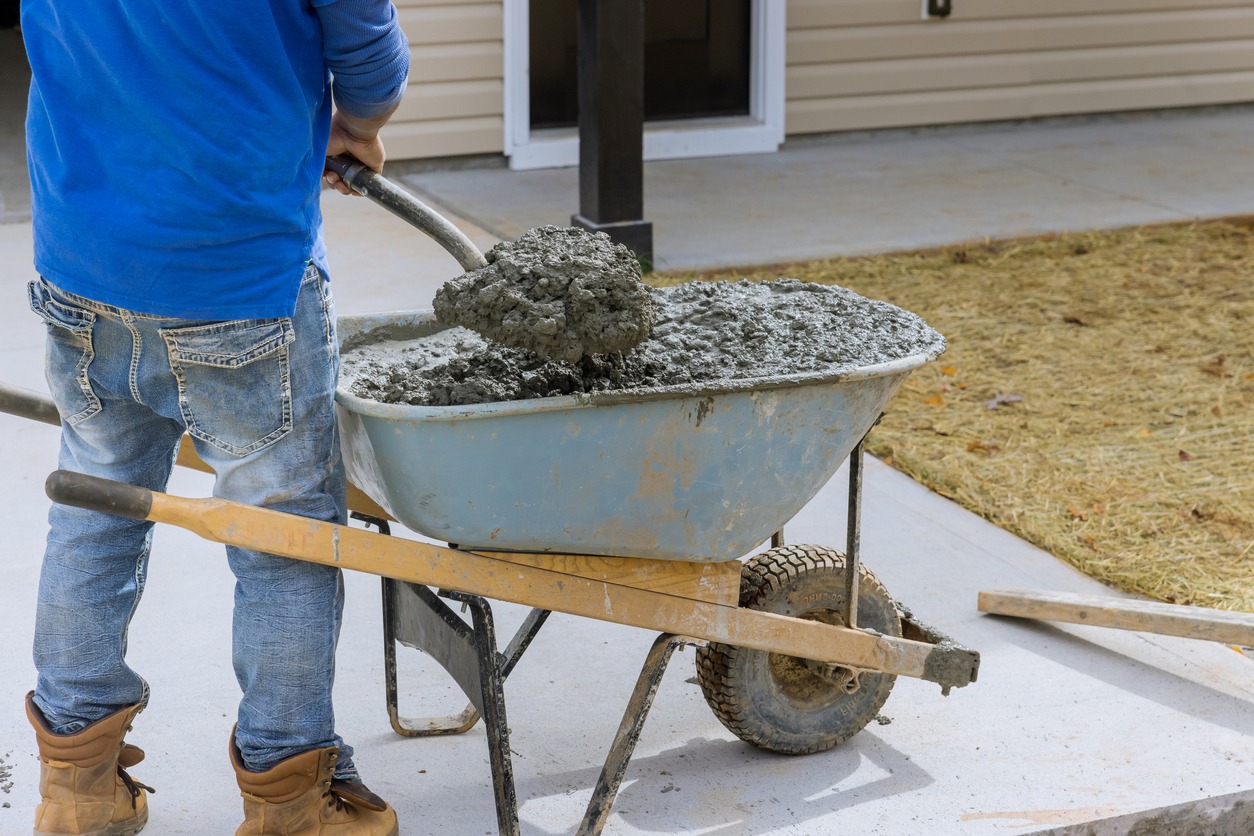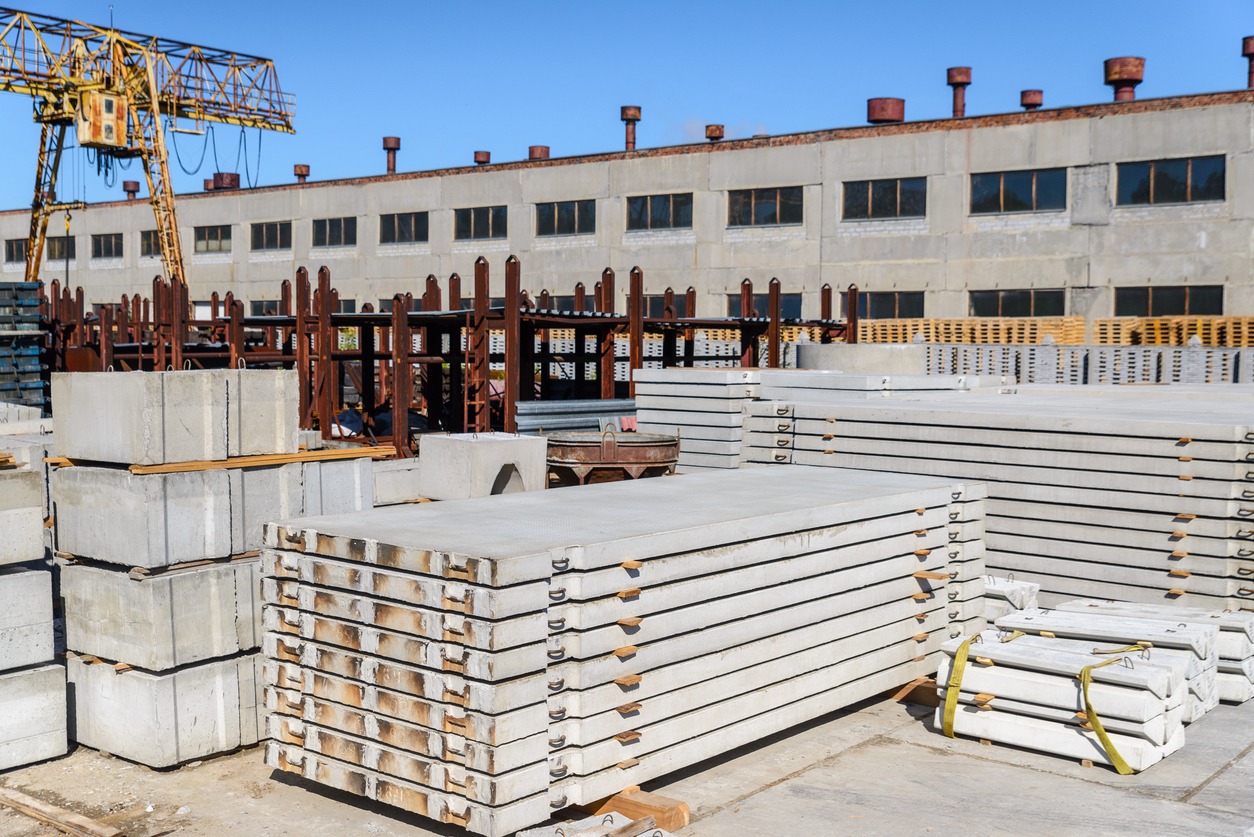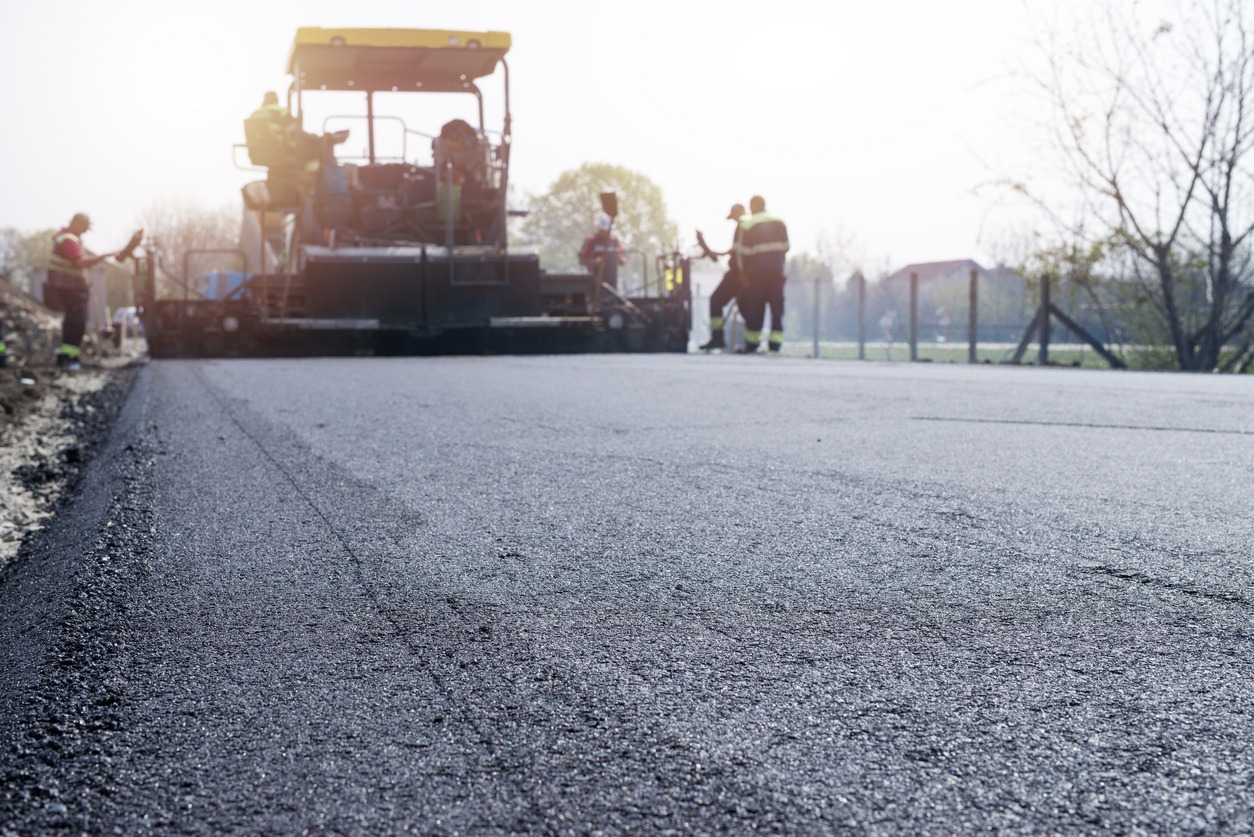When it comes to construction materials, concrete is among the most popular in the world. In fact, it is the second most used material worldwide next to water. Almost every kind of construction involves the use of concrete in some way. It is a very important material in building highways, bridges, homes, skyscrapers, and more. It is a resilient material that does not rust, rot, or burn, making it essential to buildings because of its strength, durability, and extreme longevity.
Concrete is cast in many forms and is used for a broad range of uses. But different construction needs also require different types of concrete. The different types of concrete are produced depending on the constituent material, mix design, method of construction, area of application, and form of hydration reaction. It is usually composed of cement, water, and coarse aggregates. When these are mixed together, they create a construction material that hardens over time.
If you are interested in learning more about concrete, you’re in the right place. In this article, we are going to provide you with more information about the different types of concrete, including their properties and applications.
What is Concrete and How Is It Made?
Before we discuss the different types of concrete, let us first understand what it is exactly and how it is made. The history of concrete dates back to 6500 BC, when the Nabataea traders in the region of Syria and Jordan constructed the first concrete-like structures. Over the centuries, concrete has evolved and become a widely used, customizable, and versatile building material.
Concrete is composed of fine and coarse aggregates, such as sand, rocks or pebbles, Portland cement, and water. Each of these raw materials plays a different chemical role in the formation of concrete. For instance, Portland cement is a hydraulic cement, and it gets its strength from its chemical reaction with water. When you combine it with water, a chemical reaction called hydration happens. Through this process, the paste coats the aggregates and bonds them together, gaining strength as it hardens, which leads to the creation of concrete.
Builders use fine aggregate when making concrete to add volume. Coarse aggregate, on the other hand, gives the strength needed to carry heavy loads. There are also different chemicals or admixtures that can be added to concrete to make other mixtures.
The most common ratio when creating concrete is 10% to 15% cement, 60% to 75% aggregate, and 15% to 20% water. The first step is preparing the cement mix. After that, it will be mixed with the aggregates, water, and other admixtures if there are any. These will be stirred together well to coat the aggregates with the cement paste. When all the materials are combined, cement will be activated by adding water, which will make it hard through a process called hydration.
The Different Types of Concrete
Concrete is widely used in building structures because it is versatile and can be molded into any shape or design you want. Concrete comes in many different types, and they are used for creating various structures and other applications. To learn more about these, below are the different types of concrete:
Normal Strength Concrete
Normal-strength concrete is also referred to as regular concrete. It is the most common type of concrete, containing the basic mix of cement, aggregates, and water. It has a mixing proportion of 1:2:4 or one part cement, two parts aggregate, and four parts water. However, the amount of water will depend on the humidity of the area and your desired consistency for the concrete. This type of concrete is commonly used for building pavements, home construction projects, and structures that do not need maximum tensile strength.
Plain Concrete
Plain concrete is the simplest form of concrete. It is mixed the same way as normal strength concrete, but it does not have reinforcement in it. It is often used to build structures that do not need intense tensile strength. Some examples are for making pavements and walkways.
Lightweight Concrete
Lightweight concrete has lower density and a higher water content compared to normal concrete. It is made using lightweight aggregates like clay, perlite, or pumice. The chosen aggregates are what determine its density, making it low. Lightweight concrete is commonly used in areas where the total dead weight of a building can be decreased to help prevent collapses, such as flooring or walls.
Ready Mix Concrete
Ready-mix concrete is also popularly used in big construction projects. It is made at a manufacturing plant and delivered to a construction site using a truck with a mixer attached to it. Most of the time, ready-mix concrete contains admixtures, so that the cement does not harden before it arrives at the site. Once it is delivered, it is ready to be poured and used in construction.
Polymer Concrete
A polymer binder that dries and solidifies, such as polyester, epoxy mixes, vinyl ester, acrylics, or many different types of polymer resins, is used in place of Portland cement, which is typically made of lime and shale. The type of resin utilized affects the goal of polymer concrete.
For instance, less shrinkage will occur during the curing process with epoxy binders, whereas weather resistance and speedier setting periods are provided with acrylic binders. Since polymer plastic is more adhesive than Portland cement, it makes concrete that has a higher tensile strength than concrete made only of Portland cement.
A chemical reaction takes place when a polymer binder is combined with water and aggregates, starting the curing process more quickly than with ordinary concrete. Swimming pools, sewer systems, and other structures that come into direct contact with liquids and corrosion-causing substances utilize polymer concrete because of its superior corrosion resistance.
Glass Concrete
When recycled glass is utilized as an aggregate or in place of both fine and coarse particles, depending on the desired result, it is called glass concrete. Glass aggregates may differ in size from a fine talc-like powder to gravel-size particles to six-inch glass boulders, and they are virtually always created from recycled glass.
Depending on the desired appearance, glass can either be crushed using a glass crushing machine or used in pieces when combined with cement. Glass concrete is a beautiful and highly polished solution for countertops, floors, and tiles since it often has a shining or “glowing” appearance.
Reinforced Concrete
This type of concrete is also referred to as reinforced cement concrete. It is created using reinforced bars, usually rebar, to improve the concrete’s tensile strength. The total durability of the concrete is increased by the combination of the concrete’s compressive strength and the reinforcement material’s tensile strength. Contractors working on large-scale projects that require a tremendous degree of tensile strength, such as tall skyscrapers, bridges, dams, or any construction scenario involving a structure required to carry exceptionally enormous loads, may utilize reinforced concrete.
Pervious Concrete
This is a more permeable type of concrete as it lets water pass through it to groundwater underneath. It is commonly used in building roads and pavements and is made to deal with stormwater buildup. Pervious concrete can absorb water at a rate of up to five gallons per minute. This type of concrete does not contain fine aggregates, providing it with more voids for water and air to pass through. This way, stormwater can be filtered through the concrete and pass through into the ground. It is a type of concrete that may help prevent flooding since water can flow through it straight to the earth.
Prestressed Concrete
This is a type of concrete applied with compressive stresses during production, combining the high tensile strength of steel and the high compressive property of concrete. These first compressive stresses are generated by steel tendons found inside or adjacent to the concrete, and they are intended to offset the stresses that will ultimately be put onto the concrete during application.
A prestressed concrete structure will be better balanced and less likely to crack when supporting enormous loads because it was developed under stress. Precast concrete is frequently used to construct floor beams, roofs, water tanks, and bridges.
Precast Concrete
Precast concrete is created by pouring concrete into a mold, curing it—typically offsite—and then moving it to a building location. This promotes quality control because it enables the production of concrete in a setting that is more regulated, such as a factory or plant, with greater oversight.
Additionally, factories can save time and money by repeatedly using the same molds. Precast concrete speeds up construction because it arrives at the job site ready to be installed without needing to develop strength first. Precast concrete also reduces construction time because walls can be built off-site while the foundation is built on-site, hastening the building’s completion.
High-Strength Concrete
Any concrete that has a compressive strength of 6000 pounds per square inch (PSI) or more is considered high-strength concrete. In order to address any workability concerns brought on by more adhesive concrete, super plasticizing agents are added to the mix along with strong, durable aggregates, a high cement content, and a lower water-to-cement ratio.
High-strength concrete is primarily used to reduce weight, bleeding, and permeability problems, which increases the structure’s resistance to corrosion and chemicals. High-rise structures with heavy compressive loads frequently use high-strength concrete in their construction.
Vacuum Concrete
Vacuum concrete is a type of concrete in which extra water that is not required for hydration is removed after the concrete has been put in but before the process of hardening starts. Over the cement, mats are positioned on filtering pads and excessive water is removed with a vacuum pump. Vacuum dewatering is a process that reduces the water-to-cement ratio in the concrete, giving vacuum concrete more strength and durability than regular concrete.
Despite the fact that high strength and workability are typically not possible to achieve simultaneously in concrete, it also has a high level of workability. This is because there is too much water, which makes pouring easier. After the pouring process, the water is removed to attain high strength. Vacuum concrete is frequently used for industrial floors and bridge deck slabs.
Asphalt Concrete
This type of concrete is utilized in making roads, parking lots, and other types of pavement. It is a composite material that is made using two main ingredients, such as aggregates and liquid asphalt. These are mixed together at a plant and transported to a paving site and spread using a paving machine. After that, it is compacted by rollers, which results in smooth pavement.
Rapid Set Concrete
When compared to standard concrete, rapid-set concrete hardens more quickly, typically in up to several hours as opposed to the typical 48 hours. This is due to the larger cement content in rapid-set concrete compared to conventional concrete as well as the addition of admixtures that hasten the hydration and hardening processes. Rapid set concrete is frequently utilized for non-structural concrete projects like concrete repair and restoration since it is premixed and ready to use.
Self-Compacting Concrete
This type of concrete has three main properties: high filling ability, which allows it to flow easily throughout the formwork when poured, as dispersed by its own weight; high passing ability, which allows it to pass around any restricted areas and obstructions like steel reinforcement; and segregation resistance, or remaining in the exact same state, during transportation, setting up, and after placing. This makes it a suitable choice for construction works requiring less manpower and a quicker placement time because the concrete settles into the mold very closely without needing any further aid or vibration.
This type of concrete is fluid because it contains a higher proportion of fine aggregate, often sand, as well as additives that ensure uniform sand dispersion, such as viscosity-enhancing admixtures and superplasticizers. This kind of concrete is created in a concrete mixer using these additions in addition to the standard cement, both coarse and fine aggregate, and liquid ingredients, mainly water.
Conclusion
There are indeed a lot of different types of concrete that can be used in constructing various structures. There are surely many other types than the ones we’ve mentioned here, depending on what contractors and builders choose to add to the mixtures. But we hope that this article helped you learn more about the different types of concrete that you can choose from.

